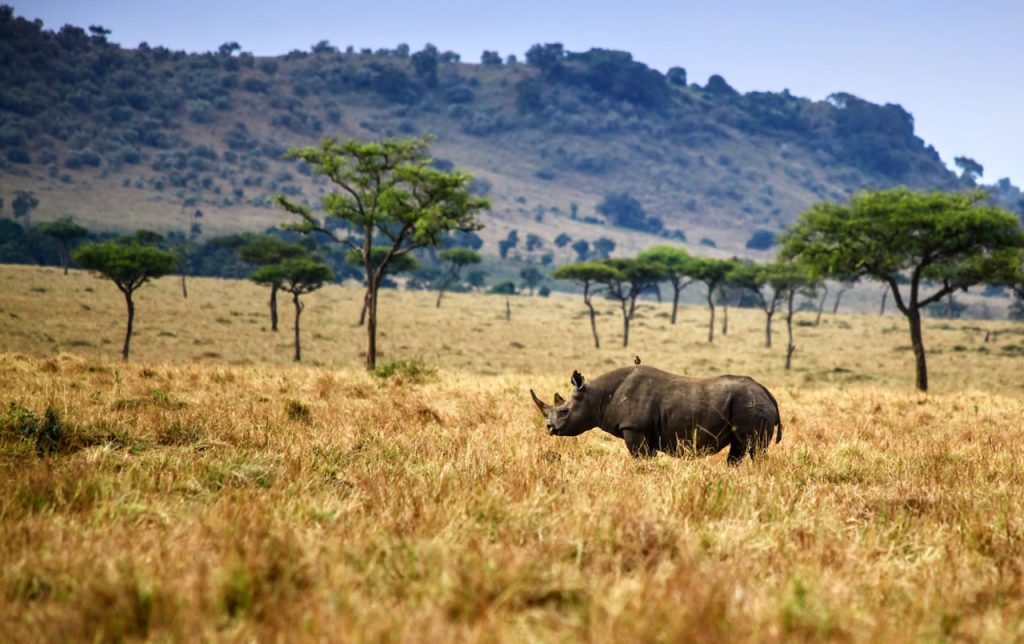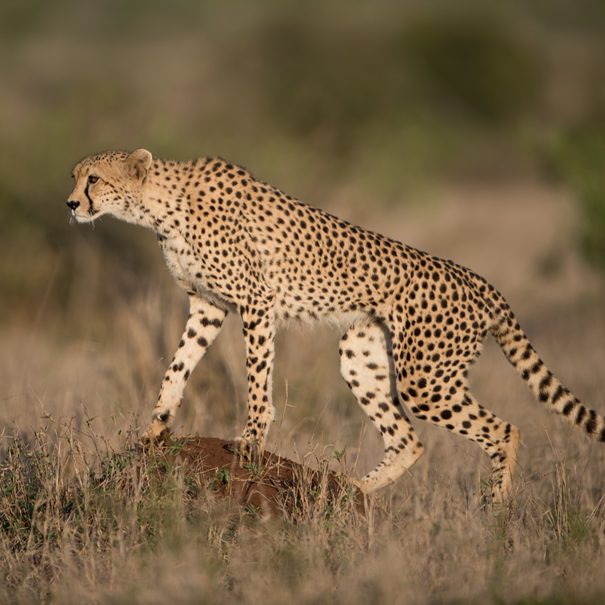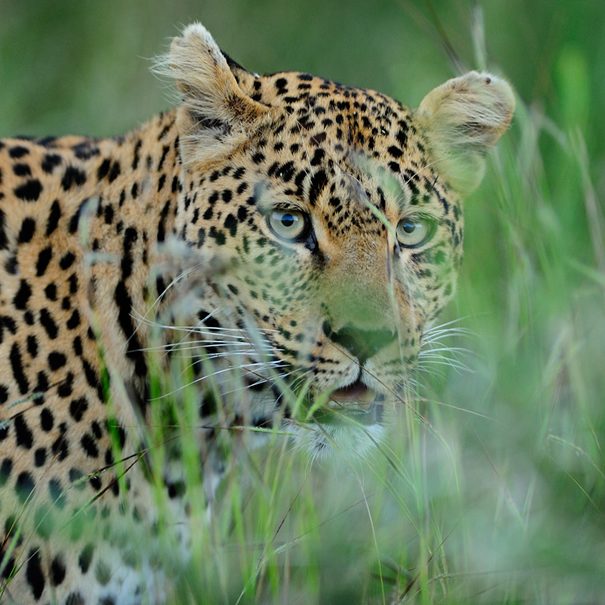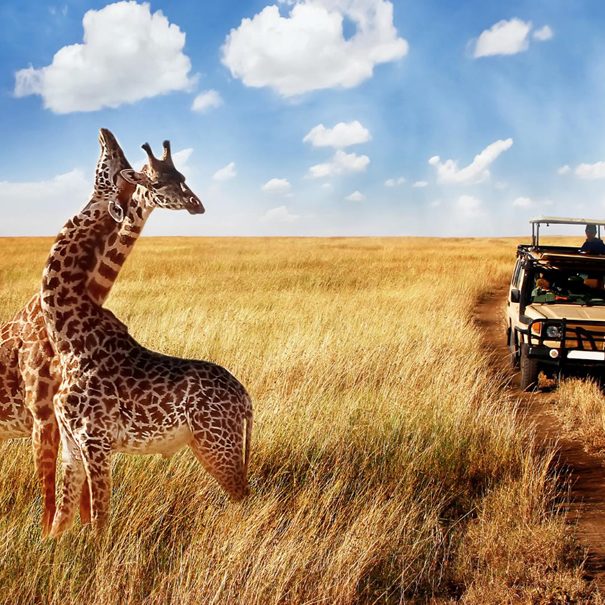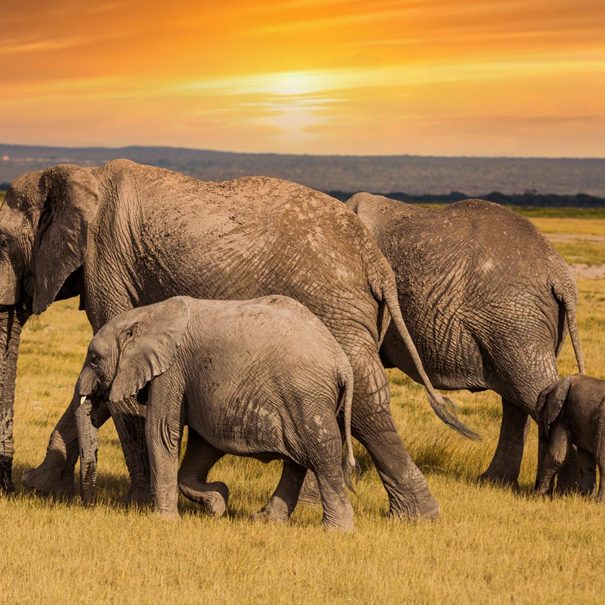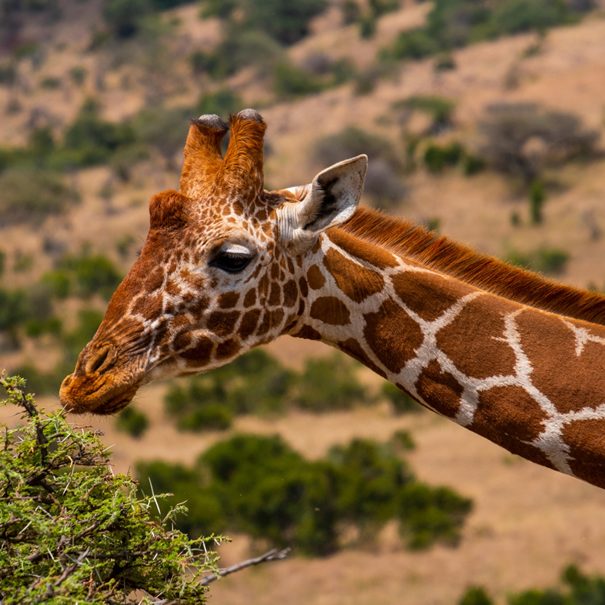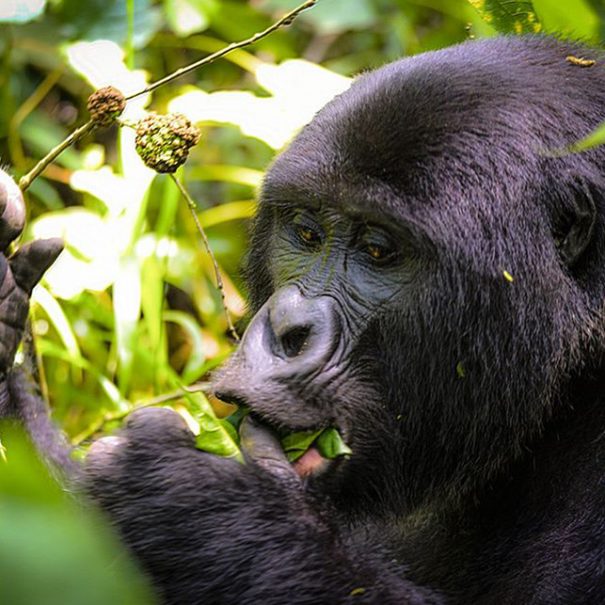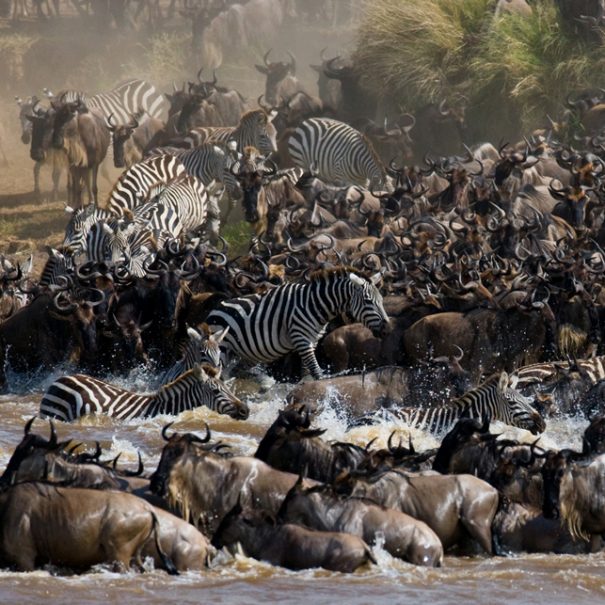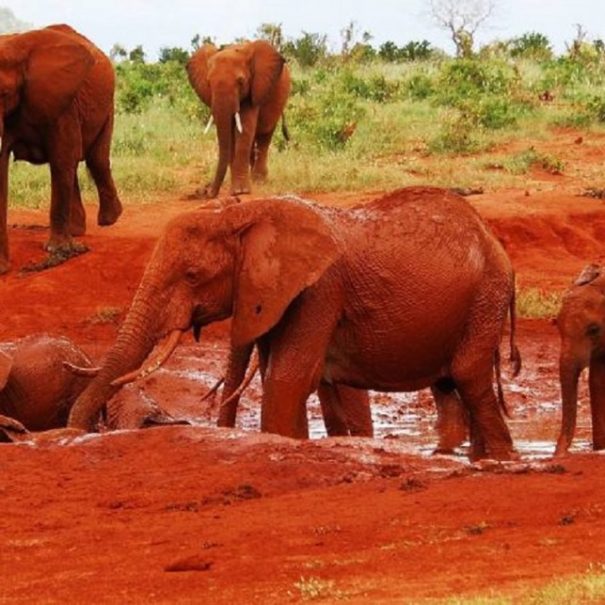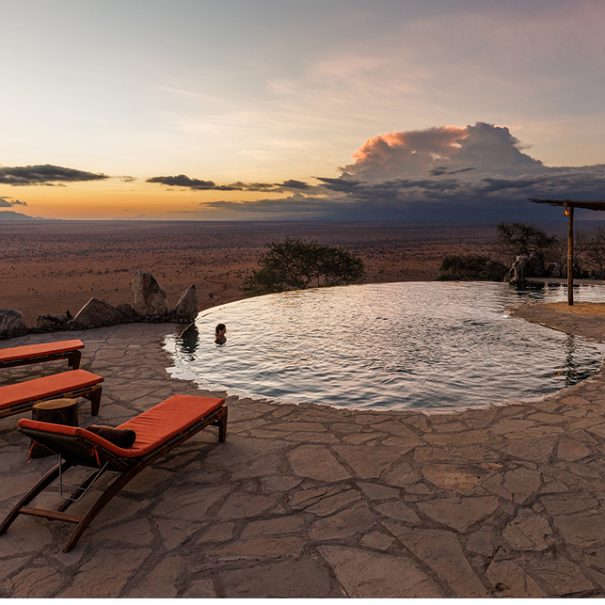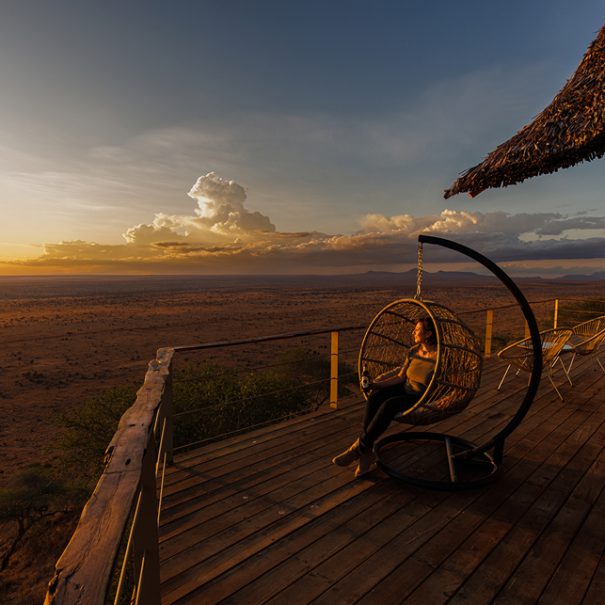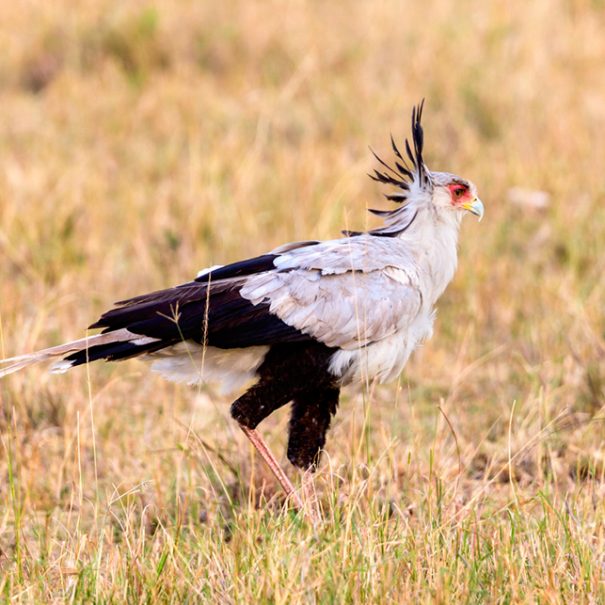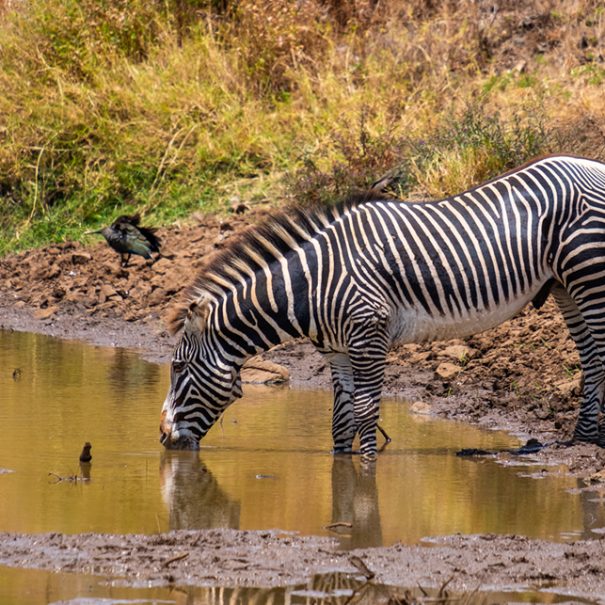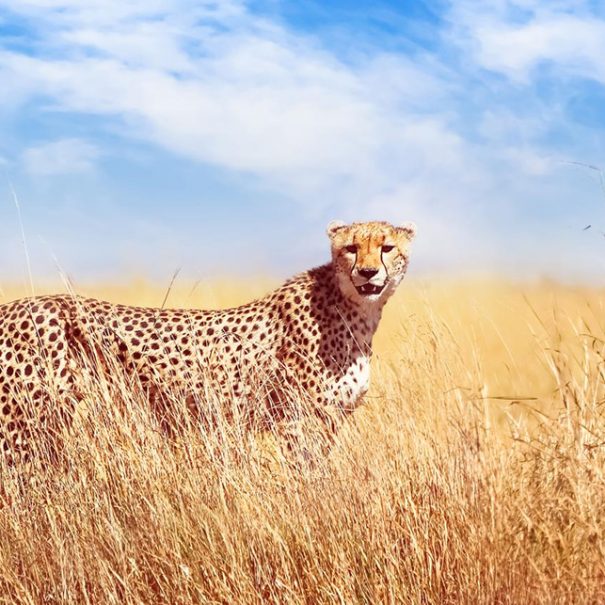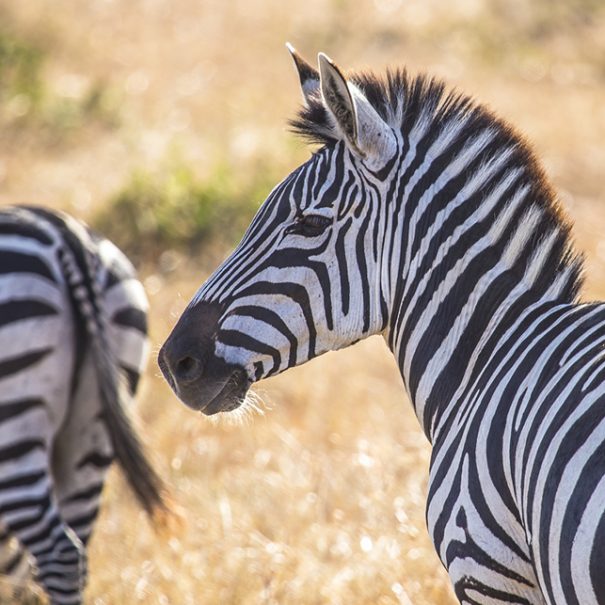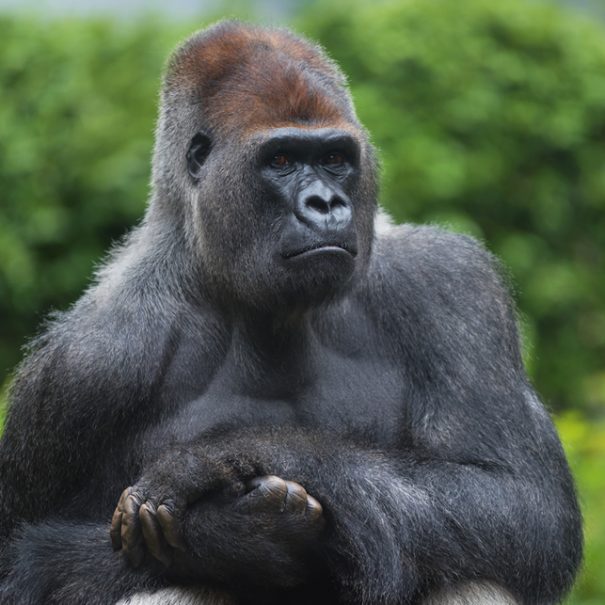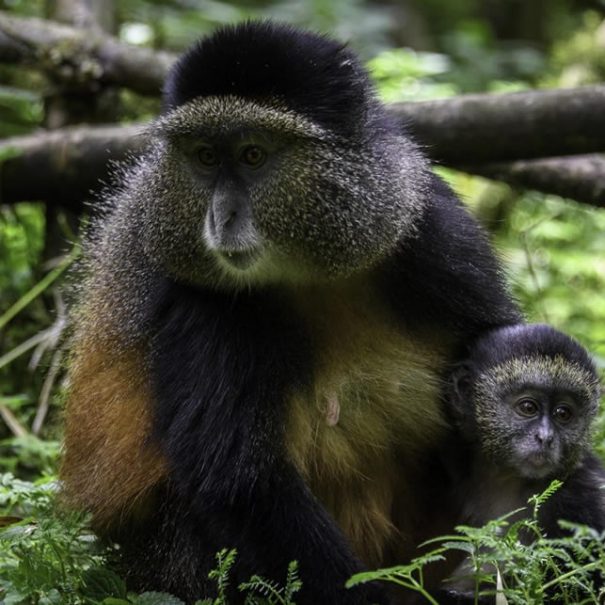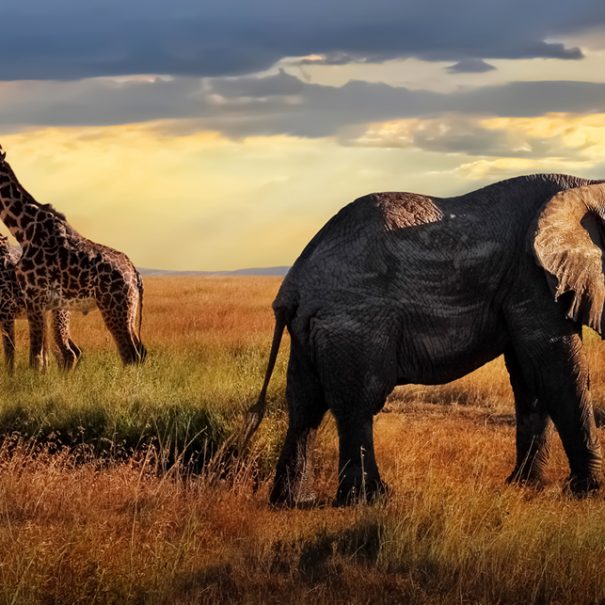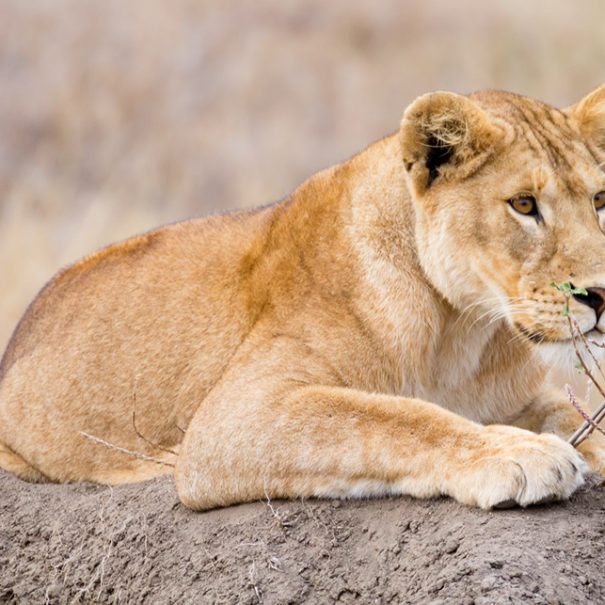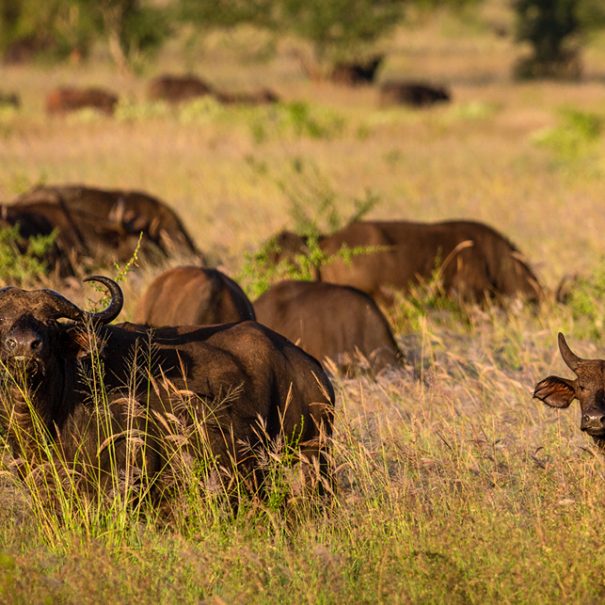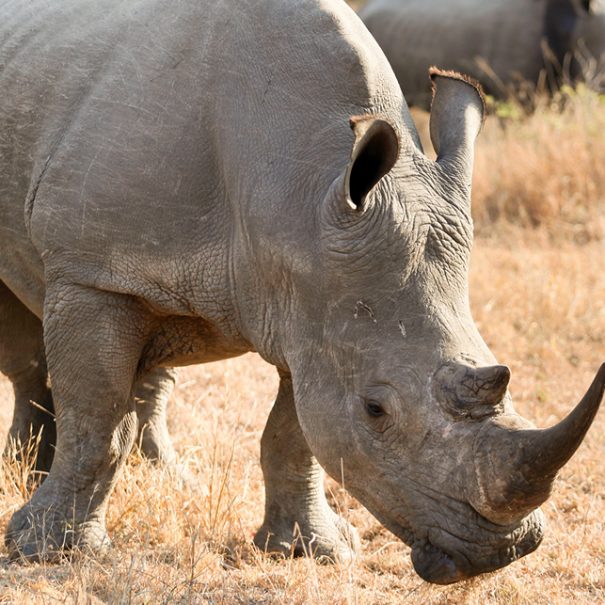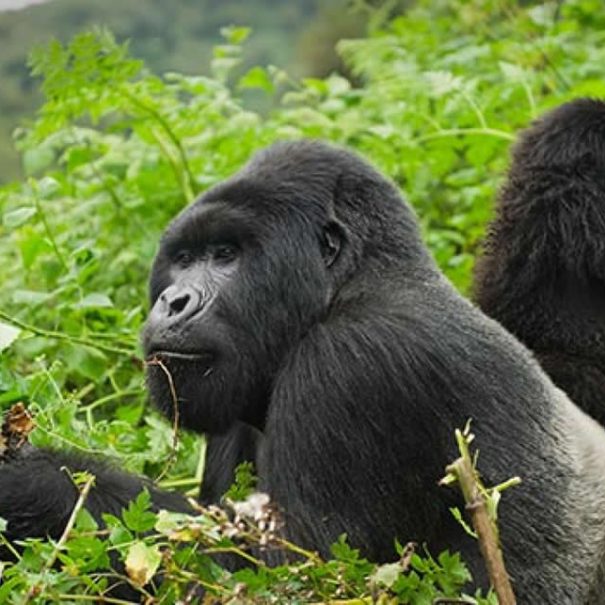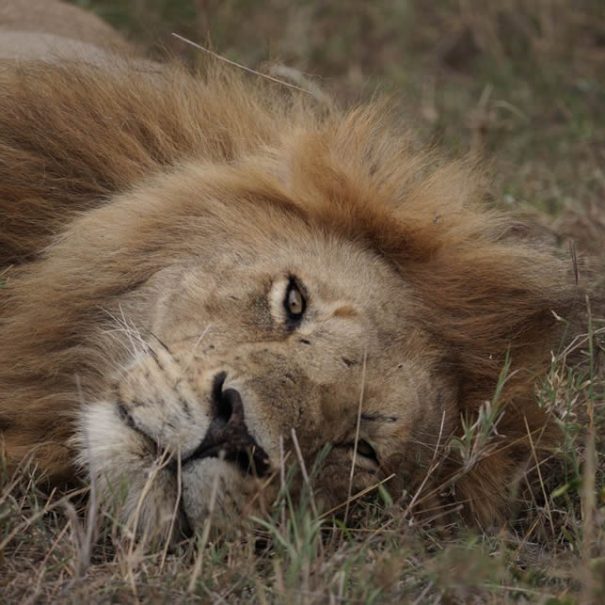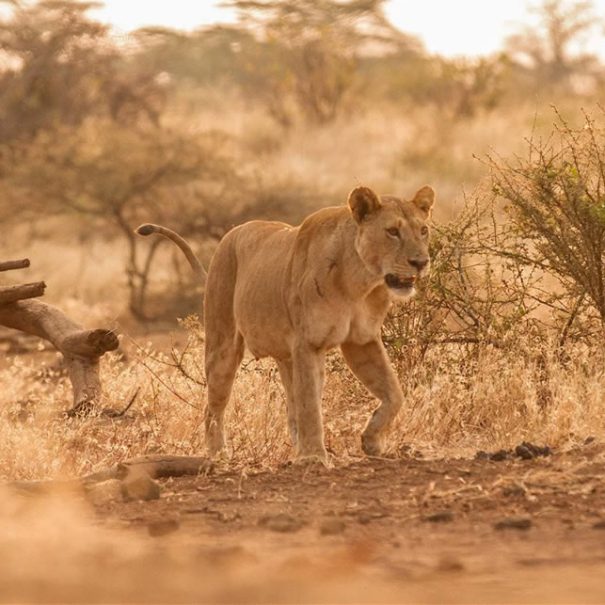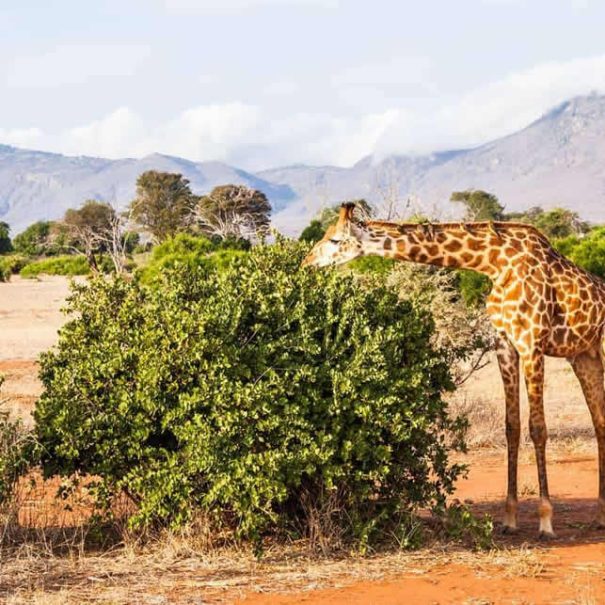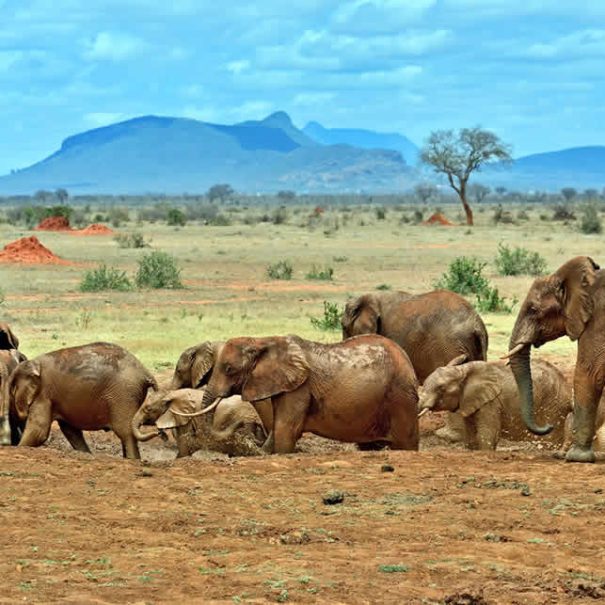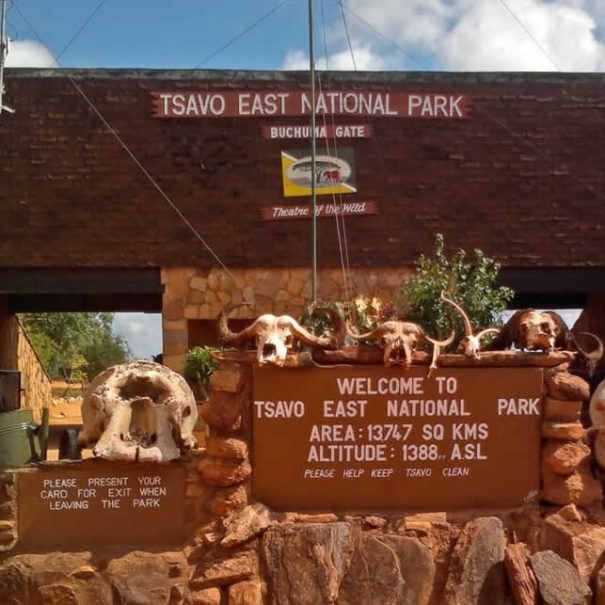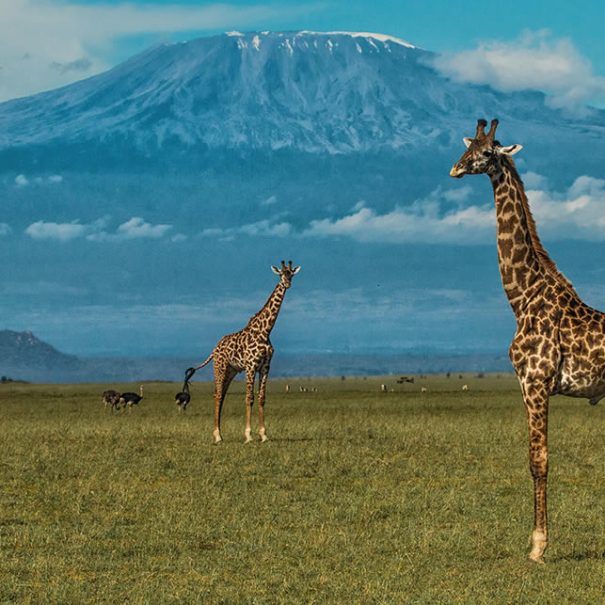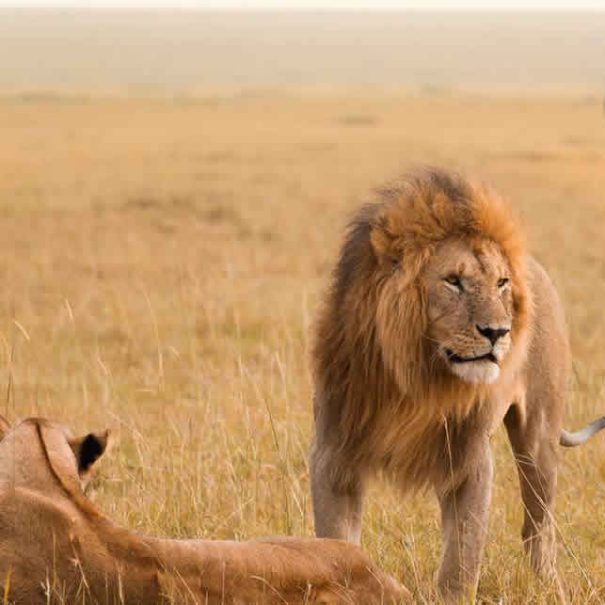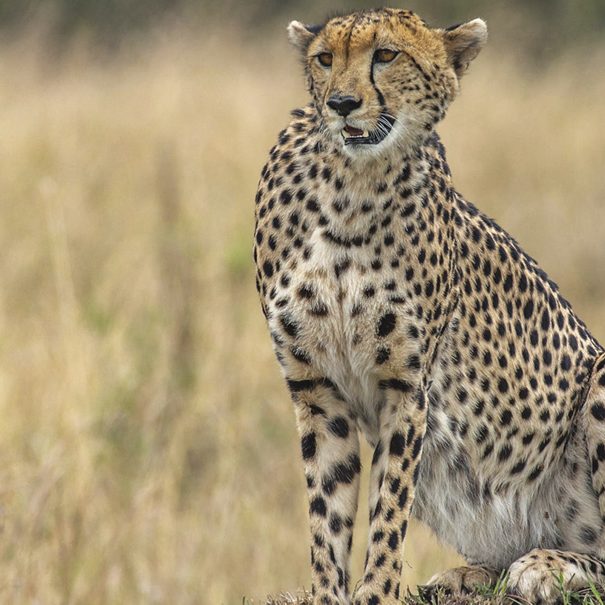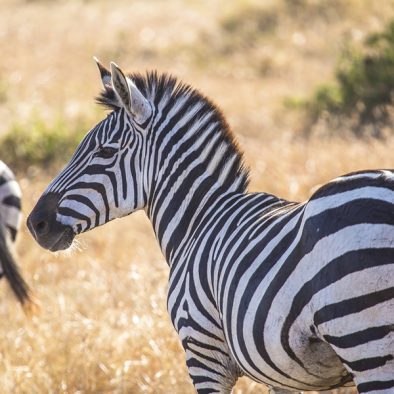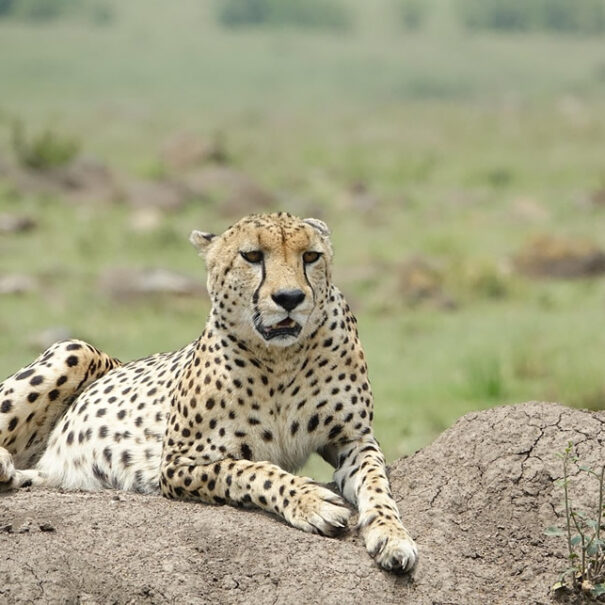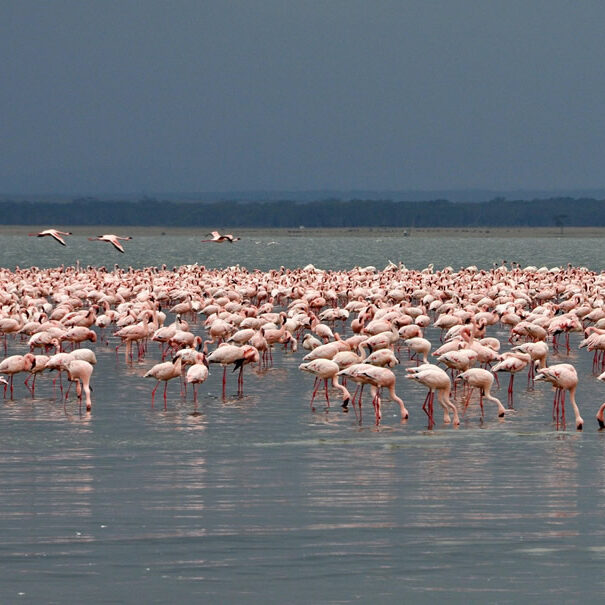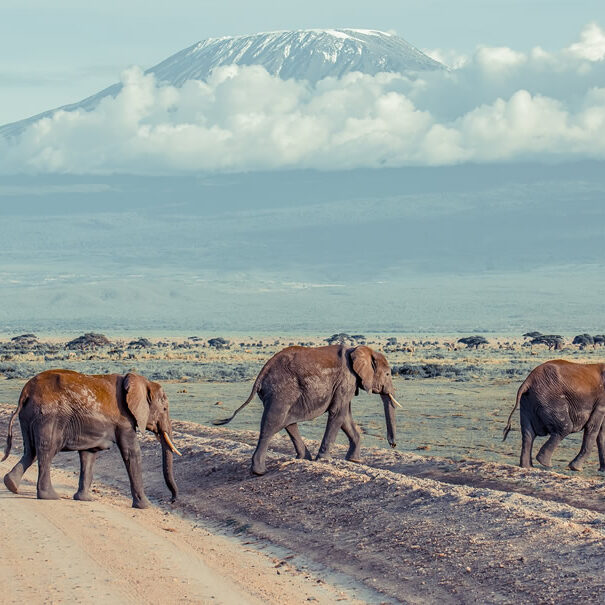The Masai Mara National Reserve, situated in the southern part of Kenya’s Narok County, is not only a haven for breathtaking landscapes but is also renowned for its rich and diverse wildlife. Among the most celebrated inhabitants are the iconic Big Five mammals, a term coined by big-game hunters to denote the five most challenging animals to hunt on foot. In this article, we delve into the masai mara big 5. These magnificent creatures include – rhinos, elephants, buffaloes, leopards, and lions – exploring their significance, behavior, and the unique role they play in the ecosystem of the Masai Mara.
1. Lion
The undisputed kings of the jungle, lions are perhaps the most iconic members of the Big Five.Lions hold a special allure for many safari enthusiasts visiting the Masai Mara National Reserve in Kenya. Among the feline family, lions exhibit the most intricate communication patterns. Renowned for their vocalizations, lions are the loudest members of the cat family, and their roars can resonate up to 8 kilometers.
Masai Mara National Reserve is home to four recognized lion prides, with the Enesikiria pride standing out as the most prominent among them. Predominantly found in the Naboisho Conservancy, other prides within the reserve include the Sand River pride, Topi pride, Rokero pride, Mara River pride, Serena North pride, Salas pride, Rongai pride, and Roan pride. Notably, the Marsh pride holds a special place in the reserve’s history, gaining fame through features in BBC’s Big Cats Diary and Dynasties. Tragically, in 2015, the pride experienced a devastating event when they were poisoned by insecticides.

2. Elephant
The Masai Mara National Reserve, located in the southwestern part of Kenya, is home to a substantial population of African bush elephants, numbering over 2500 according to the latest headcount data. Recognized as one of Africa’s most iconic species, the African bush elephant holds the title of the largest land animal globally. These majestic creatures can reach lengths of up to 7.5 meters, stand 3.3 meters high at the shoulder, and weigh an impressive 6 tonnes.
African bush elephants are social beings, living in groups led by females. Typically, the matriarch, the largest and oldest female, takes the lead, accompanied by other females known as cows and young adult males referred to as bulls. In the sub-Saharan African region, these elephants form family units of about 10 individuals. Their diet comprises a variety of vegetation, including grass, roots, fruits, and bark.
The elephant’s trunk stands out as the most versatile organ among all mammalian creatures, serving as a multipurpose tool that functions as a nose, arm, and hand. An elephant consumes approximately 150 kilograms of food and drinks 40 liters of water per day. With a lifespan of up to 70 years, elephants are revered for their intelligence, social structures, and vital role in the ecosystems they inhabit.

3. Leopard
The leopard (Panthera pardus), is a member of the cat family, is indigenous to sub-Saharan Africa. Recognized for its elusive nature, the leopard possesses short legs, a long body, and a sizable skull. Its distinctive features include camouflage fur, a varied diet, opportunistic hunting behavior, and the ability to adapt to diverse habitats. While leopards are generally challenging to spot, the Masai Mara National Reserve offers favorable conditions for sightings throughout the day.
One particularly famous leopard in the Masai Mara is Bella, often seen along riverbanks. Distinguished by its unique tail, Bella has gained renown through appearances in numerous documentaries, showcasing the remarkable characteristics of this species.
Leopards exhibit a gestation period of 90 days, after which a female may give birth to one or two cubs. These young cubs rely exclusively on breastfeeding initially, transitioning to a meat-based diet around 100 days old.

4. Rhinoceros
The rhinoceros, commonly referred to as the rhino, is a herbivorous animal that sustains itself by consuming leafy materials. Distinguishing itself from many other herbivores, rhinos lack front teeth and depend on their lips to grasp and consume food. These magnificent creatures boast a thick, protective skin, a relatively small brain weighing between 400 to 600 grams, and one or two robust horns measuring between 1.5 to 5 centimeters.
In the Masai Mara National Reserve, there are approximately 35 to 50 species of black rhinoceros, making it the least numerous among the Big Five in the Mara conservation area. An adult black rhino typically stands at an average height ranging from 1.5 to 1.7 meters, with a length between 3.5 to 3.9 meters and a weight spanning from 850 kilograms to 1600 kilograms. Both male and female black rhinos may possess one or two horns, composed of keratin similar to nails and hair, with the front horn growing between 60 to 140 centimeters. It’s worth noting that the black rhino is smaller in size compared to the white rhino.
Rhinos exhibit partial blindness, which often serves as the main factor behind sudden charges. Despite this, they compensate with a keen sense of hearing and smell, enhancing their ability to navigate and survive in their natural habitats.

5. Buffalo
The African Buffalo, scientifically known as Syncerus caffer, holds a prominent position as one of the Big Five animals within the Masai Mara National Reserve. Renowned as one of the most formidable animals in Africa, these creatures traverse the landscape in collective groups known as herds. Standing at a height ranging from 1 to 1.7 meters, with a head and body length stretching from 1.7 to 3.4 meters, and a tail measuring between 70 to 110 centimeters, the African Buffalo commands a strong and imposing presence.
In the expansive Masai Mara National Reserve, the buffalo population exceeds 28,000. The large bulls exhibit distinctive horns that typically converge at the base, forming a shield known as the boss. These horns then diverge downward before smoothly curving upwards. Horns reach their full size by the age of 5 to 6 years, while the bosses fully mature and harden by 8 to 9 years.
Buffaloes engage in various group behaviors, such as a unique ritual during resting periods. Females stand up, shuffle, and sit in a manner suggesting the direction they intend to go. After a period of shuffling, the females stand and move collectively, decisions not based on age, dominance, or hierarchy.


